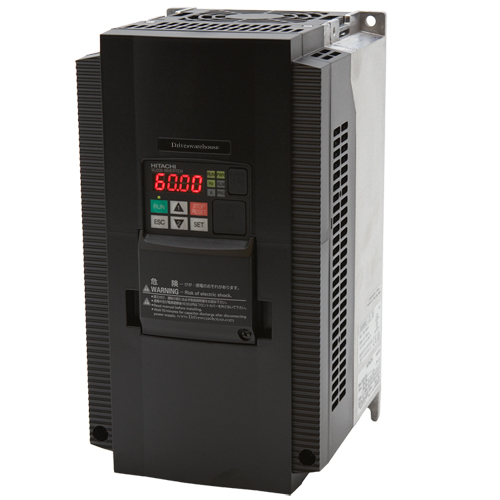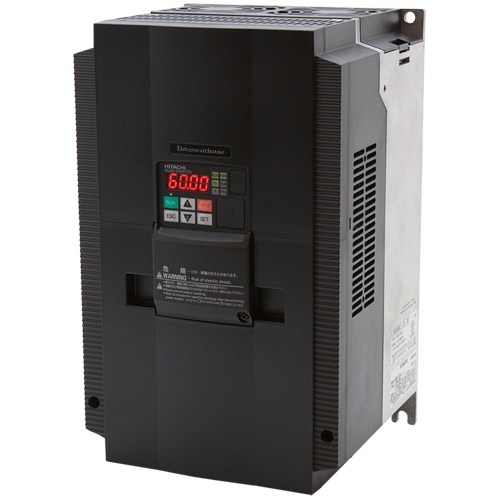Trunk Monkey
Plastic
- Joined
- Feb 18, 2014
- Location
- Air Capital of USA Wichita KS
...my situation is a little more complicated than the title. I don't have that much experience in this area so please correct me if I've missed anything pertinent.
I want to set up a home shop using some existing 3ph equipment. The largest determining factor on what power equipment I buy is determined by how I will power the lathe. I'll need an RPC regardless, just not sure if I need one big enough to power the lathe.
Lathe is a Lodge & Shipley 2013-AVS (larger machine purchased mostly for the generous 2.5" spindle bore). The lathe was previously modified to eliminate the DC motor as well as the complisticated analog variable DC speed control that was probably pretty snazzy when the machine was born in 1969. Machine was last used in a production shop for a single op at a fixed RPM. RPM was one of 3 speeds selectable from the gear box after the 7.5hp 230/460 3ph AC motor was repurposed to drive the gear box directly.
Is there anything I need to consider when buying a VFD for speed control only (no concern for phase or voltage conversion)?
Additional info:
- I also have a 3ph Bridgeport that needs power.
- I would also like the option to have 3ph power on tap to run any other 3ph equipment that I may find in the future, it's likely that none of these will have a larger motor than the 7.5hp lathe.
My RPC plan is to build a dual 10hp motor RPC. I have a nice 10hp motor currently and could easily double capacity in the future with another motor if I need to.
How I power the lathe will decide how large of an RPC I'll need form the get go. I can either run my RPC's 3ph to a lathe VFD combo or I can run 230 single phase to the VFD and leave the RPC out of the picture. The latter route would allow me to run a lower capacity VFD.
Is there any advantage to running the later at 460V vs 230?
Finally, can someone recommend a good VFD for the this lathe?
I want to set up a home shop using some existing 3ph equipment. The largest determining factor on what power equipment I buy is determined by how I will power the lathe. I'll need an RPC regardless, just not sure if I need one big enough to power the lathe.
Lathe is a Lodge & Shipley 2013-AVS (larger machine purchased mostly for the generous 2.5" spindle bore). The lathe was previously modified to eliminate the DC motor as well as the complisticated analog variable DC speed control that was probably pretty snazzy when the machine was born in 1969. Machine was last used in a production shop for a single op at a fixed RPM. RPM was one of 3 speeds selectable from the gear box after the 7.5hp 230/460 3ph AC motor was repurposed to drive the gear box directly.
Is there anything I need to consider when buying a VFD for speed control only (no concern for phase or voltage conversion)?
Additional info:
- I also have a 3ph Bridgeport that needs power.
- I would also like the option to have 3ph power on tap to run any other 3ph equipment that I may find in the future, it's likely that none of these will have a larger motor than the 7.5hp lathe.
My RPC plan is to build a dual 10hp motor RPC. I have a nice 10hp motor currently and could easily double capacity in the future with another motor if I need to.
How I power the lathe will decide how large of an RPC I'll need form the get go. I can either run my RPC's 3ph to a lathe VFD combo or I can run 230 single phase to the VFD and leave the RPC out of the picture. The latter route would allow me to run a lower capacity VFD.
Is there any advantage to running the later at 460V vs 230?
Finally, can someone recommend a good VFD for the this lathe?
Last edited:






